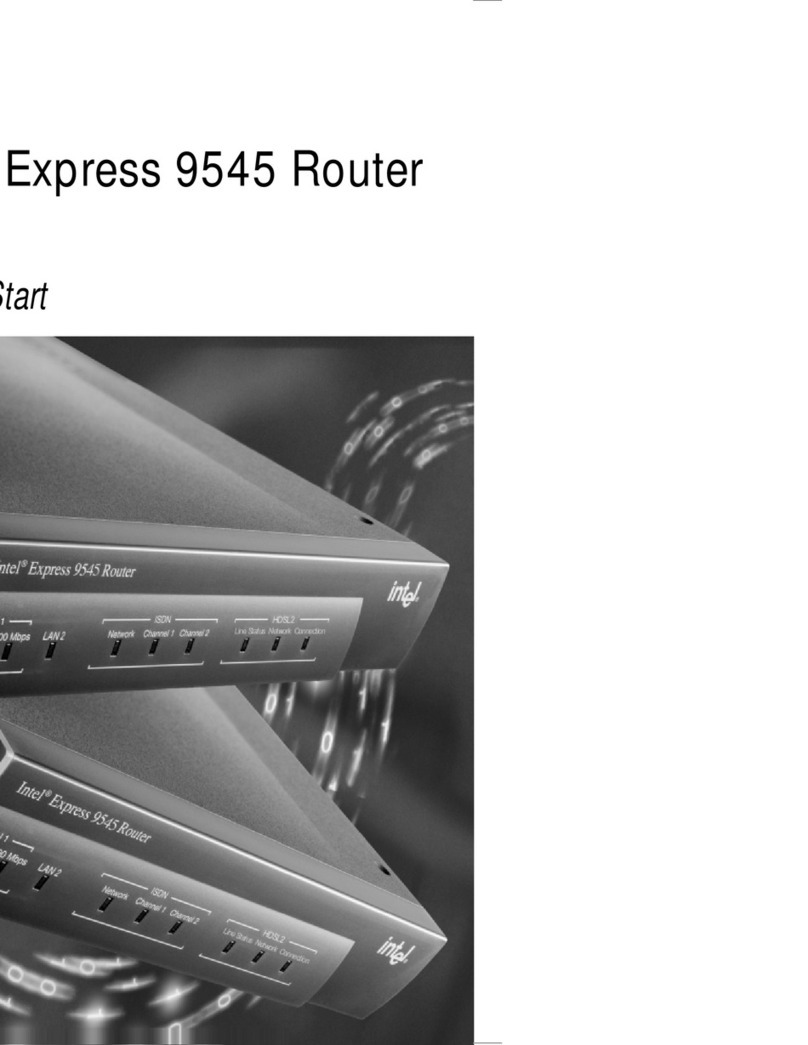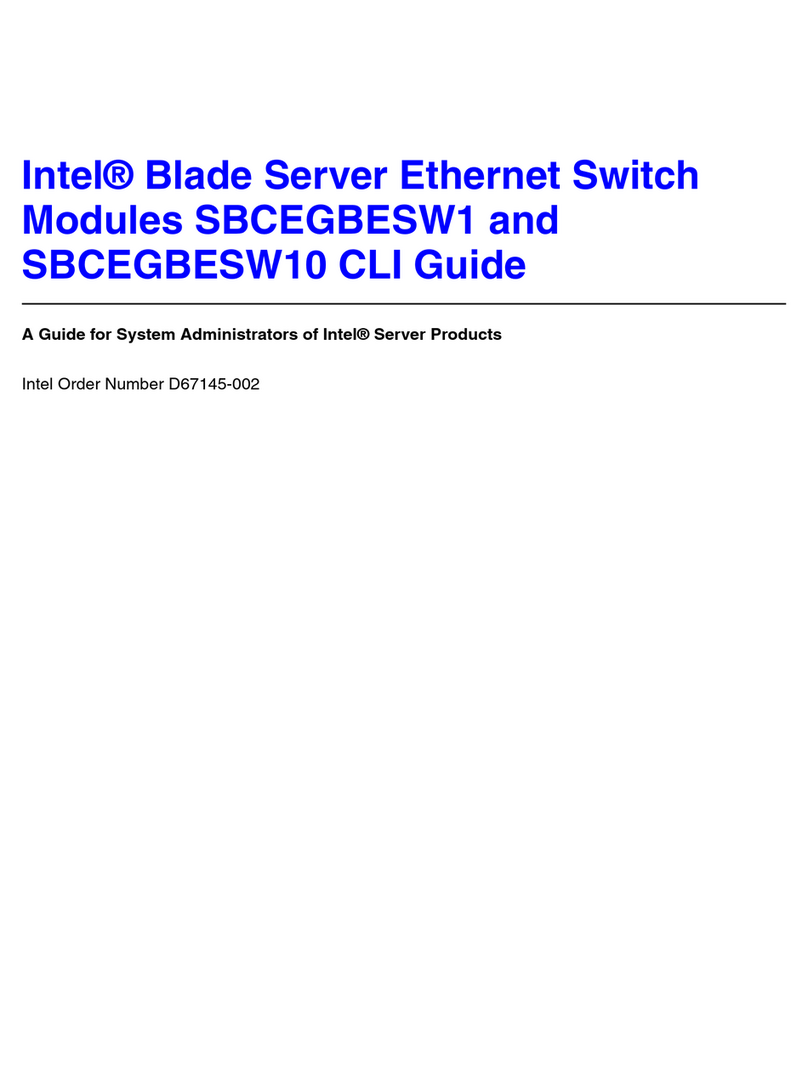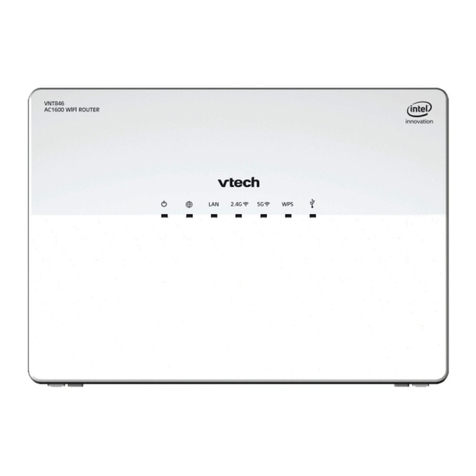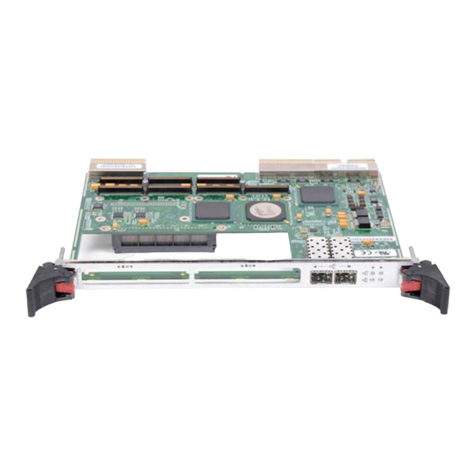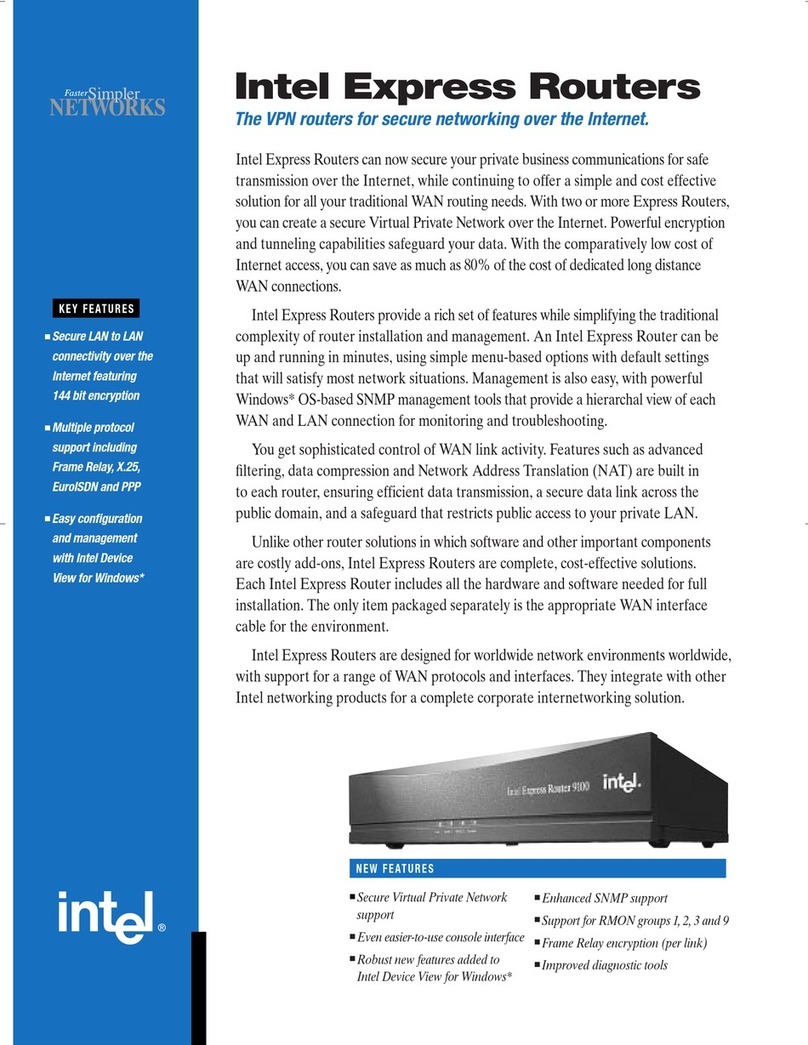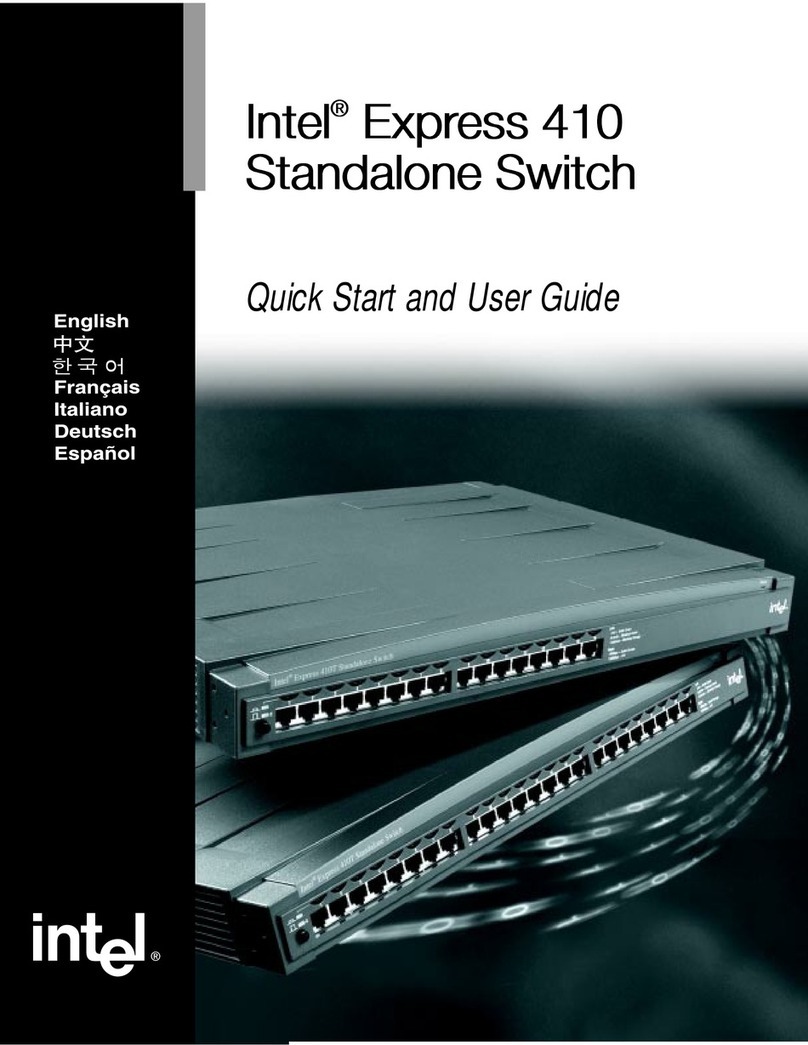
Extensible Firmware Interface Specification
viii 12/12/00 Version 1.02
5.3 Device Path Nodes................................................................................ 119
5.3.1 Generic Device Path Structures .................................................... 119
5.3.2 Hardware Device Path................................................................... 120
5.3.2.1 PCI Device Path ........................................................................... 121
5.3.2.2 PCCARD Device Path.................................................................. 121
5.3.2.3 Memory Mapped Device Path ...................................................... 122
5.3.2.4 Vendor Device Path ..................................................................... 122
5.3.2.5 Controller Device Path.................................................................. 122
5.3.3 ACPI Device Path.......................................................................... 123
5.3.4 Messaging Device Path................................................................. 123
5.3.4.1 ATAPI Device Path....................................................................... 124
5.3.4.2 SCSI Device Path......................................................................... 124
5.3.4.3 Fibre Channel Device Path........................................................... 124
5.3.4.4 1394 Device Path ......................................................................... 125
5.3.4.5 USB Device Path.......................................................................... 125
5.3.4.6 USB Class Device Path................................................................ 126
5.3.4.7 I2O Device Path ........................................................................... 126
5.3.4.8 MAC Address Device Path........................................................... 126
5.3.4.9 IPv4 Device Path.......................................................................... 127
5.3.4.10 IPv6 Device Path........................................................................ 127
5.3.4.11 InfiniBand†Device Path.............................................................. 128
5.3.4.12 UART Device Path ..................................................................... 128
5.3.4.13 Vendor-Defined Messaging Device Path.................................... 129
5.3.5 Media Device Path ........................................................................ 129
5.3.5.1 Hard Drive .................................................................................... 129
5.3.5.2 CD-ROM Media Device Path........................................................ 131
5.3.5.3 Vendor-Defined Media Device Path ............................................. 131
5.3.5.4 File Path Media Device Path ........................................................ 132
5.3.5.5 Media Protocol Device Path ......................................................... 132
5.3.6 BIOS Boot Specification Device Path ............................................ 133
5.4 Device Path Generation Rules .............................................................. 133
5.4.1 Housekeeping Rules ..................................................................... 133
5.4.2 Rules with ACPI _HID and _UID ................................................... 134
5.4.3 Rules with ACPI _ADR .................................................................. 135
